Ise Honkaido 1: Tamatsukuri Inari Shrine to Hiraoka Shrine
Starting from Osaka, Ise Honkaido is 170km long kaido, or old road to Ise Grand Shrine in Mie Prefecture. Around Edo Period, so many people walked on this road to Ise as a once-in-a-lifetime trip. Although few people walked to Ise anymore, it is a wonderful experience to walk to Ise.
This time, we walked 10 km to Hiraoka Shrine for 10km, which is just before Mt. Ikoma.
This is the first part of our Ise Honkaido series.
Ise Honkaido 1: The Pilgrimage to Ise Grand Shrine
Tamatsukuri Inari Shrine – Fukae
Ise Honkaido starts from Tamatsukuri Inari Shrine, which is 5 minutes away from Tamatsukuri Station of JR Osaka Loop line. People started their pilgrimage to Ise from here. It seems awfully long, but people hundreds of years ago took roughly 5 days.
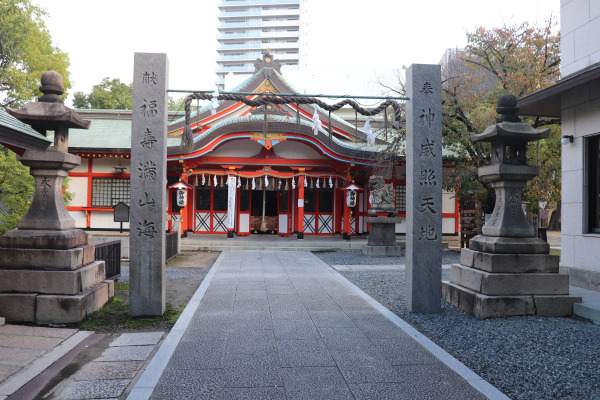
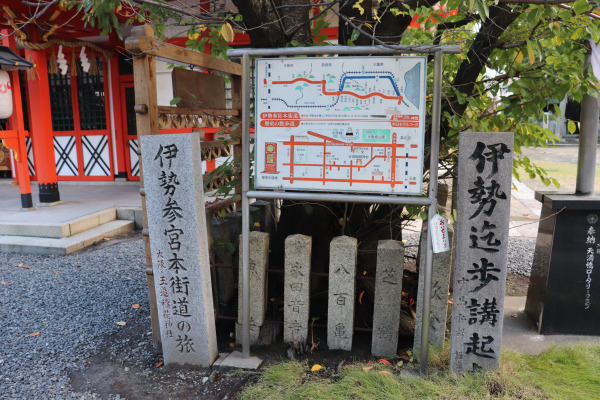
From Tamatsukuri Inari Shrine, trying to stay on the road is not very easy here, since it is in the middle of the city. We had to pay careful attention to any boards and stone markers to indicate we were still on the Ise Honkaido. It is also important to note that the section of this road between Osaka to Nara is often referred to as the Kuragarigoe Nara Kaido, meaning the boards would sometimes say Nara Kaido, instead of Ise Honkaido.
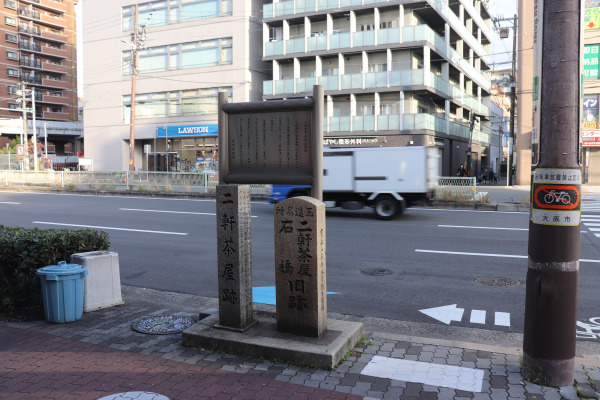
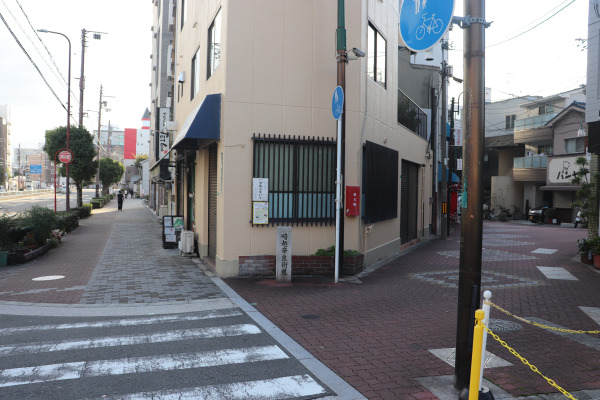
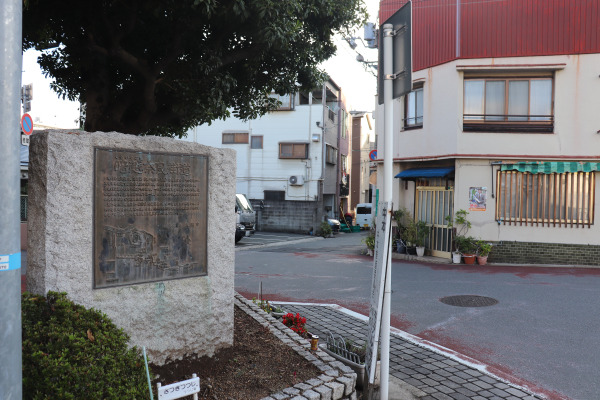
After walking 30 minutes from Tamatsukuri, we reached Imazato–only one station away from Tsuruhashi by subway. There are many tall, new buildings around the subway station but there are still several old houses standing that indicate that this street is indeed, quite old.

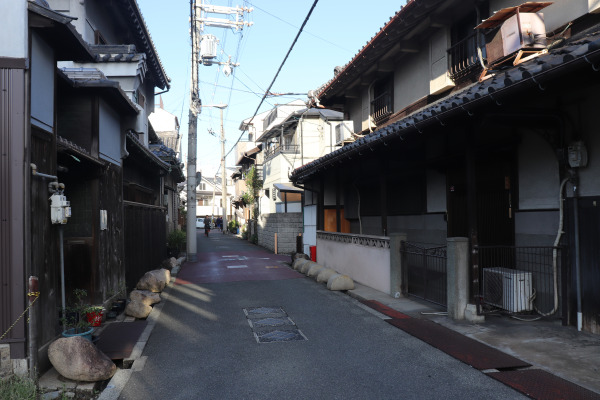
Shortly after Imazato is Fukae, a town once famous for growing sedges (a kind of ornamental grass) and producing kasa, straw hats. Back in their time, those hats were a necessary item for any on the Ise Pilgrimage, but this tradition has faded away.
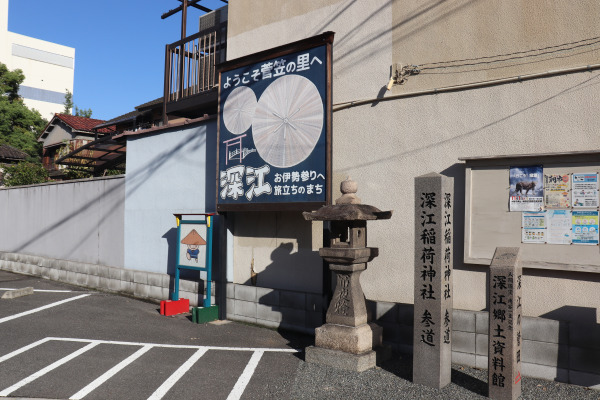
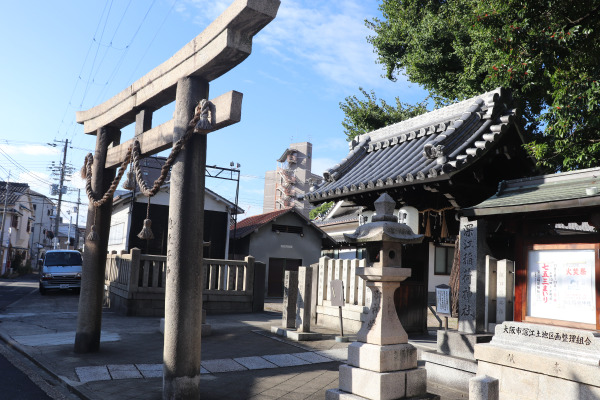
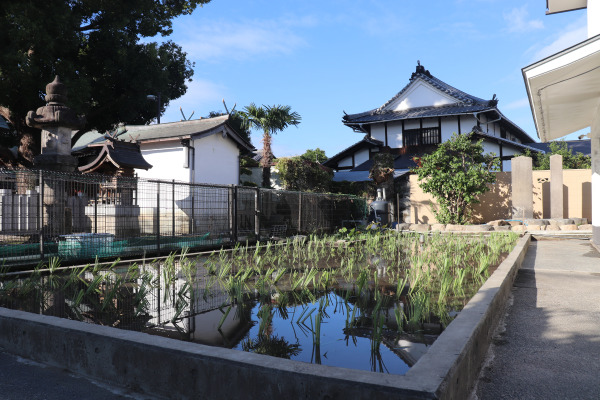
Fukae – Higashi Hanazono
Ise Honkaido enters into Higashi Osaka City after Fukae. Higashi Osaka city is famous for having a lot of small factories, but I guess there were not so many of them along Ise Honkaido. Higashi Osaka city is quite a large city!! Unfortunately, we had no signs or markers this time to follow to make sure we were still on the right path. We often say this but it still sings true; make sure you have a map!
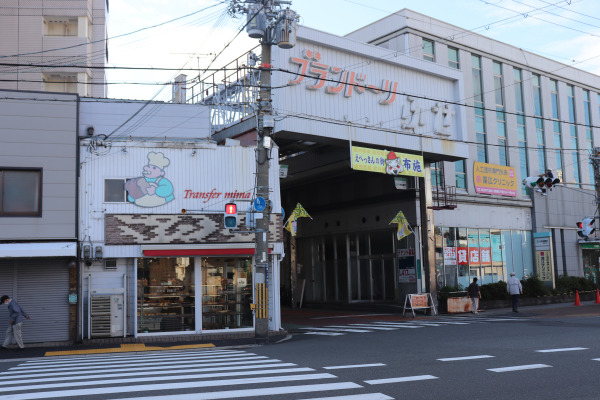

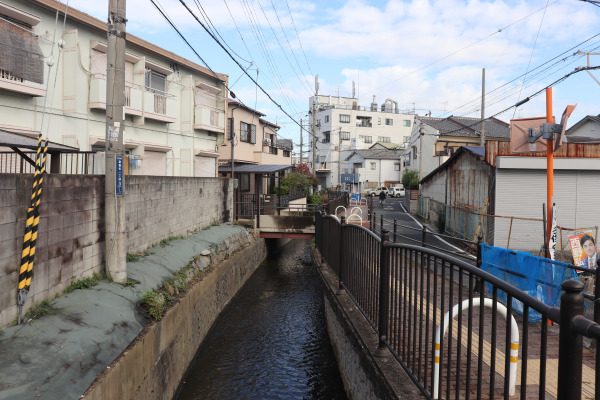
Ise Honkaido goes along National Route 308 almost to Nara City. However, sometimes it goes into the old small path.
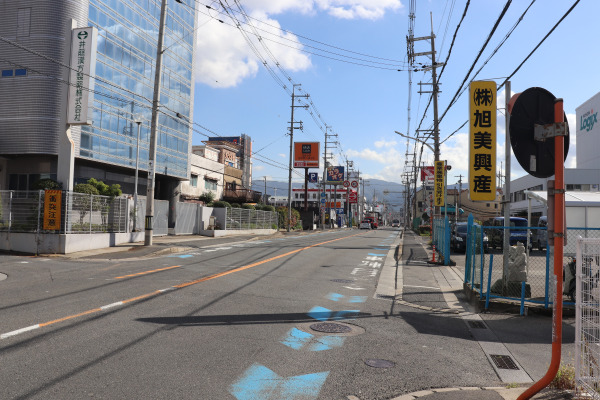
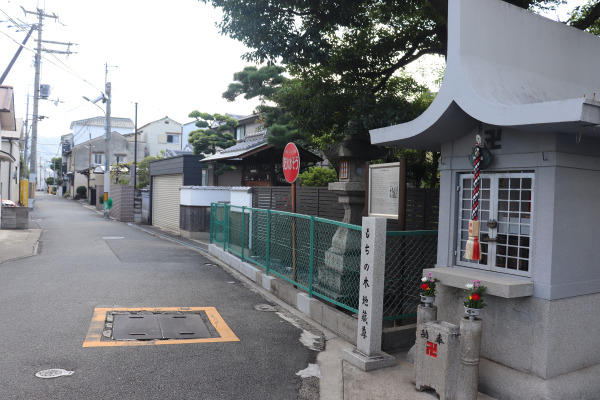
In the center of Higashi Osaka city is Hanazono Rugby Stadium, which Higashi Osaka City is truly famous for. Not only major national high school rugby game is held every year but also in 2019, Word Cup games were held in this stadium. Around the stadium is more like a big park, so it is nice to sit and take a break here!
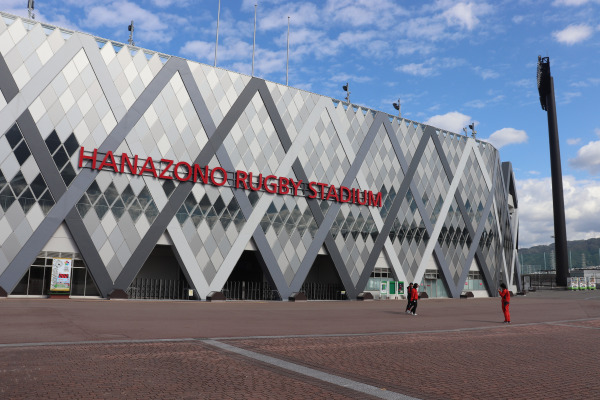
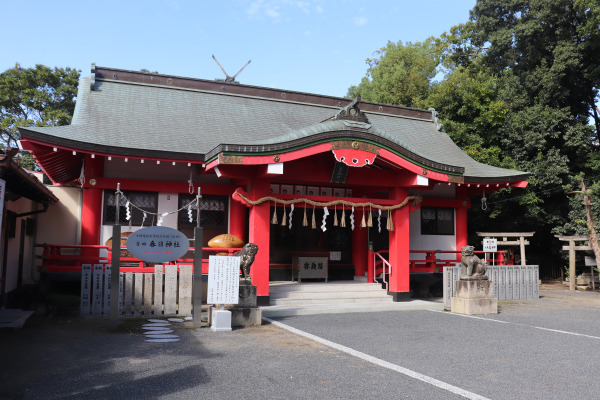
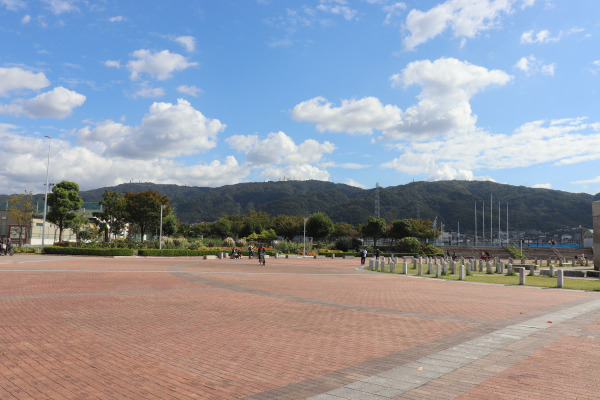
Near the stadium is Mastubara post town. Once upon a time, this place was a post town for pilgrims walking the Ise Honkaido. However, today there isn’t a trace left and the entire area looks like any ordinary neighborhood. If it had not been for a small information board we found there, we too wouldn’t have realized.
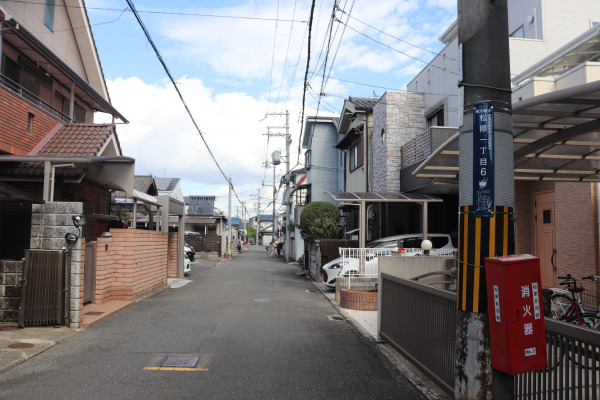
Higashi Hanazono – Hiraoka Shrine
After the rugby stadium, it was another hour to Hiraoka Shrine. The road meanders a lot, but I guess we were on the right track as there were many jizo on the way. After the intersection with the Higashi Koya Kido, the road starts to go upwards in the direction of Mt. Ikoma.
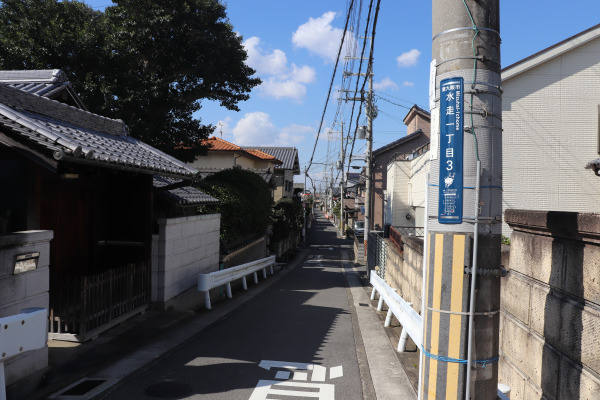
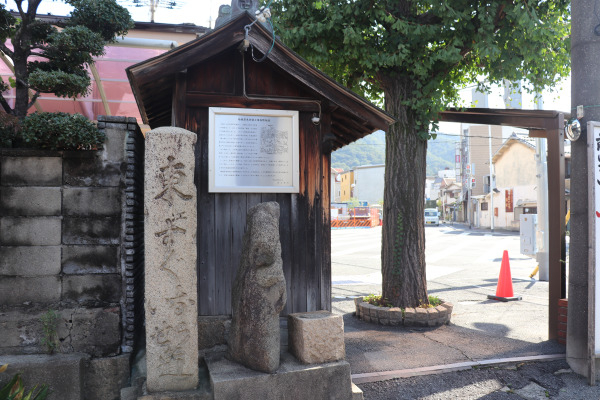
So finally we arrived at Hiraoka Shrine. Hiraoka Shrine is the biggest shrine in the Kawachi (east Osaka) region.
The shrine was particularly famous for its plum garden, but very sadly, all the garden was struck with a plum pox disease recently, so all the trees were cut back.
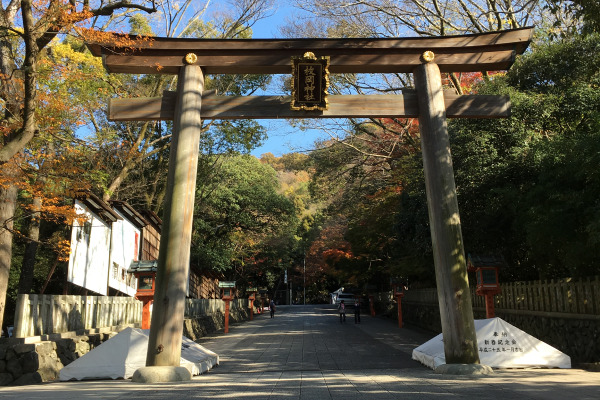
For today, it took us a total of 4 hours to go from Osaka to Hiraoka Shrine. This is really just a short section today, but we are still only in the warm-up phase of this very long journey!
If you are interested in information about other hikes in the area, from Hiraoka Shrine, you can hike another 3 hours to Minami Ikoma Station, and then hike up really a steep hill via the Kuragari Pass. If you do go that way, make sure you are well-stocked beforehand as there is not such much as a vending machine out there!

Leave a Reply